Lockheed P2V Neptune RAAF
Production Time 9 to 10 weeks
Shipment is by FedEx, UPS or DHL International Express Courier with a normal door-to-door delivery time worldwide of within 2-3 business days after dispatch. Due to the current volatility of world fuel prices, the amount mentioned here is our best estimate for DHL and UPS and may be subject to change at the time of shipping.

Model Description: Lockheed P2V Neptune RAAF Wood Replica Scale Custom Model Aircraft
Manufacturer: Lockheed
Wingspan: 17 Inches (43.2 Centimeters)
Height: 4.8 Inches (12.2 Centimeters)
Scale: 1:73
Registration: A89-309
$239.50
Production Time 9 to 10 weeks
-
United States dollar ($)
-
Pound sterling (£)
-
Euro (€)
-
Australian dollar ($)
-
Canadian dollar ($)
-
Singapore dollar ($)
-
Swiss franc (CHF)
-
Japanese yen (¥)
-
Danish krone (kr.)
-
Hong Kong dollar ($)
-
Norwegian krone (kr)
-
Swedish krona (kr)
-
United Arab Emirates dirham (د.إ)
General Product Description
Our PlaneArts Lockheed P2V Neptune RAAF model exhibits unique, unrivaled quality and detailed design to come as close as possible to the accuracy of the actual plane. It comes as standard with a robust, durable base or stand which is available in a variety of different finishes designed to match your own personal requirements including solid wood, wood with polished metal supports or adjustable wood wall mount and will be ready within about 9-10 weeks from placement of order.
The Lockheed P2V Neptune RAAF model is made of the finest kiln dried renewable mahogany wood (commonly known as Lauan or Meranti) which has undergone many stages of carving and meticulous and careful sanding giving the beautiful, finished museum quality masterpiece. Many collectors and model connoisseurs demonstrate their preference for genuine handmade and hand painted mahogany wood models rather than plastic or die cast (diecast) alternatives due to the overall look and totally different feel of the item - we trust you will find the same. We can however, if required produce the same model in Solid Cast Resin so just click and contact us for further information. Our craftsmen and gifted artisans ensure that our finely handcrafted model airplanes match the precise blueprint details of the original aircraft. The paint scheme, markings and parts are closely matched, reflecting the original aircraft. This stylish top-quality desktop replica model will surely enthrall anyone who receives this as a gift and for sure one of the most appropriate and desirably collectable gifts for any military aviation enthusiast and avid aircraft collector whilst also displaying a perfect resemblance to the actual real life version.
There are many types of military propeller aircraft, but the basic types are bombers, fighters, fighter bombers, spotter planes, transporters, patrol aircraft, trainers, and reconnaissance and observation aircraft. All these types of aircraft are used for different types of missions. If you're a fan of historic or present-day military aviation, our model aircraft will bring the excitement and character of these aircraft right into your own home. You can order a wood airplane model of a North American B-25 Mitchell Bomber, a B17 - Flying Fortress, or a P-51 Mustang Nervous Energy V not forgetting the Bf 109, Spitfire, FW 190, A6M Zero, P-38 and F4U. These classic, propeller airplane models are of the highest quality. Each is individually crafted by our expert craftsmen. They produce handmade scale mahogany airplane models of the finest aircraft from World War I and II to present day biplanes and triplanes.
If you require, we can also make the Lockheed P2V Neptune RAAF model in any other military, government or even private livery or colour scheme you require and if necessary, in a different size or scale. Just click here to contact us with a description or photographs of what you require, and we will let you have a quotation for the necessary customization by return email. We can also make bespoke scale replicas of any other private / civil commercial airliner or airliners, helicopter, glider, gliders with engines, military jet, warplane jets, biplane, triplane, tail fin, spacecraft, rocket or NASA model you require in any airline, military or civilian livery or colors. We also produce model airships, blimps, dirigibles, blimps, boats, and ship collectibles. Wall plaque or seal for military, government or private customers. Again, by clicking here to contact us just let us know exactly what you need.
Legacy of the Lockheed P2V Neptune in the Royal Australian Air Force
The Lockheed P2V Neptune has carved out a significant chapter in the history of the Royal Australian Air Force (RAAF). Originally designed by Lockheed Corporation as a maritime patrol and anti-submarine warfare aircraft, the P2V Neptune served numerous air forces worldwide, with the RAAF being one of its prominent operators. This article explores the pivotal features and roles of the P2V Neptune within the RAAF, highlighting its contributions from the 1950s through the 1970s.
Introduction to the P2V Neptune:
The Lockheed P2V Neptune was developed during World War II to meet the U.S. Navy’s need for a long-range patrol bomber. The aircraft was notable for its range and versatility, which made it suitable for tracking and engaging submarines as well as performing reconnaissance missions. The RAAF introduced the Neptune into service in 1951, marking the beginning of its extensive operational history in Australia.
Key Features of the P2V Neptune:
- Airframe and Design: The Neptune was a twin-engine aircraft, equipped initially with Wright R-3350 radial engines. It featured a distinctive fuselage with a large bomb bay and a tail stinger for magnetic anomaly detection (MAD), essential for anti-submarine warfare.
- Avionics and Weapons Systems: Throughout its service, the Neptune was continuously upgraded. Its avionics suite included radar and sonar systems for tracking submarines. The aircraft could carry a mix of torpedoes, depth charges, and bombs, making it a formidable platform against sea-based threats.
- Range and Endurance: One of the Neptune’s standout features was its long range and endurance, capable of conducting missions lasting over 18 hours without refueling. This capability was crucial for patrols over the vast oceanic approaches to Australia.
Role and Impact in the RAAF:
The RAAF utilized the Neptune primarily for maritime patrol, reconnaissance, and anti-submarine duties during the Cold War era. The aircraft patrolled Australia’s extensive coastline, providing a critical layer of defense against potential submarine threats during a time of global tension.
- Strategic Patrols: Neptune squadrons were actively involved in monitoring maritime traffic and ensuring the security of key maritime routes. Their surveillance capabilities were crucial during the Korean War and the Malayan Emergency, where they gathered intelligence and offered support to allied forces.
- Search and Rescue Operations: The Neptune also played a vital role in search and rescue operations across the Pacific and Indian Oceans. Its long-range capabilities enabled the RAAF to conduct extensive search missions, often in challenging and remote areas.
- Transition and Legacy: The introduction of more modern aircraft like the Lockheed P-3 Orion in the late 1960s marked the beginning of the end for the Neptune’s service in the RAAF. However, the Neptune’s legacy persists, having set a high standard for maritime patrol capabilities and serving as a stepping stone to more advanced technologies in aerial warfare.
Conclusion:
The Lockheed P2V Neptune’s service in the Royal Australian Air Force is a testament to its robust design and versatile capabilities. As one of the RAAF’s primary long-range maritime patrol aircraft for over two decades, the Neptune not only bolstered Australia’s defense during a critical period of the Cold War but also demonstrated the effectiveness of air power in maritime security roles. Its legacy is reflected in the advanced technologies and strategies that continue to evolve within the RAAF’s maritime operations today.
| Weight | 6 kg |
|---|---|
| Dimensions | 15 × 17 × 4.8 in |
Be the first to review “Lockheed P2V Neptune RAAF” Cancel reply
Similar Models
Military Airplanes - Propeller
Military Airplanes - Propeller
Helicopters
Military Airplanes - Propeller
Military Airplanes - Propeller
Military Airplanes - Propeller
Military Airplanes - Propeller
Military Airplanes - Propeller
Military Airplanes - Propeller
Military Airplanes - Jet
Military Airplanes - Jet
Military Airplanes - Jet
McDonnell Douglas FA-18 Hornet Royal Australian Air Force RAAF
Military Airplanes - Jet
McDonnell Douglas FA-18 Hornet RAAF: Superior Aviation Mastery
Military Airplanes - Jet
Military Airplanes - Jet
Military Airplanes - Jet
McDonnell Douglas F-18 Hornet Royal Australian Air Force’s RAAF
Military Airplanes - Jet
Military Airplanes - Jet
Military Airplanes - Propeller
Military Airplanes - Jet
Military Airplanes - Propeller
Military Airplanes - Propeller
Military Airplanes - Jet
Military Airplanes - Jet
Military Airplanes - Jet
Military Airplanes - Propeller
Military Airplanes - Propeller
Military Airplanes - Propeller
Military Airplanes - Propeller
Military Airplanes - Propeller
Military Airplanes - Propeller
Military Airplanes - Propeller
Military Airplanes - Propeller
Military Airplanes - Propeller
Military Airplanes - Propeller
Military Airplanes - Propeller
Military Airplanes - Propeller
Military Airplanes - Propeller
Military Airplanes - Jet
Military Airplanes - Jet
Military Airplanes - Jet
Military Airplanes - Jet
Military Airplanes - Propeller
Military Airplanes - Propeller
Military Airplanes - Propeller
Military Airplanes - Propeller
Military Airplanes - Propeller
Military Airplanes - Propeller
Military Airplanes - Propeller
Military Airplanes - Propeller
Military Airplanes - Propeller
Military Airplanes - Propeller
Military Airplanes - Jet
Military Airplanes - Propeller
Military Airplanes - Propeller
Military Airplanes - Propeller
Military Airplanes - Propeller
Military Airplanes - Propeller
Military Airplanes - Jet
Military Airplanes - Jet
Military Airplanes - Propeller
Military Airplanes - Propeller
Military Airplanes - Propeller
Military Airplanes - Jet
Military Airplanes - Jet
Military Airplanes - Jet
Military Airplanes - Jet
Military Airplanes - Jet
Military Airplanes - Jet
Military Airplanes - Jet
Military Airplanes - Jet
Military Airplanes - Jet
Military Airplanes - Jet
Military Airplanes - Jet
Military Airplanes - Jet
Military Airplanes - Jet
Military Airplanes - Propeller
Military Airplanes - Jet
Military Airplanes - Jet
Military Airplanes - Propeller
Military Airplanes - Propeller


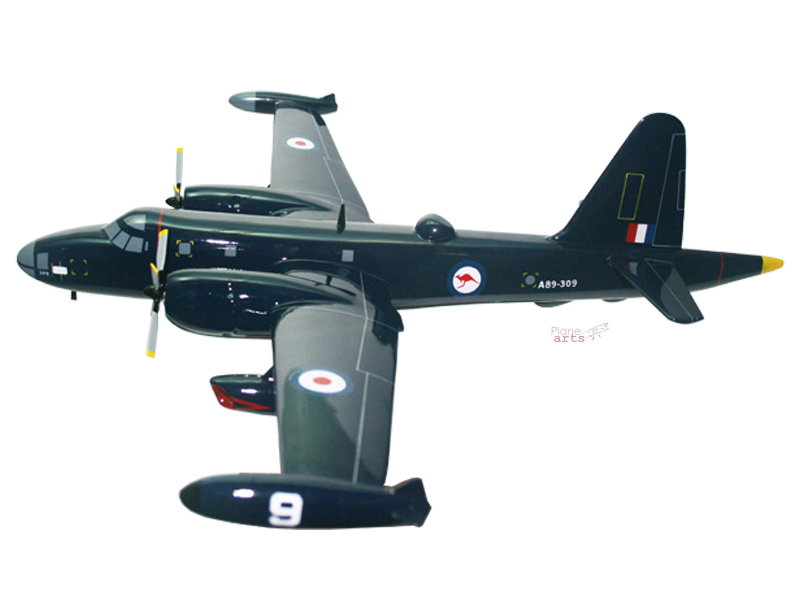
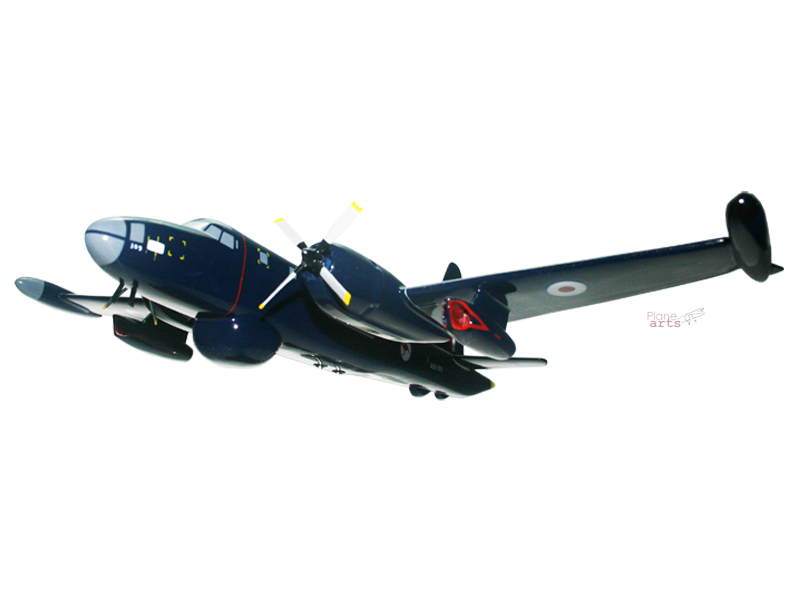
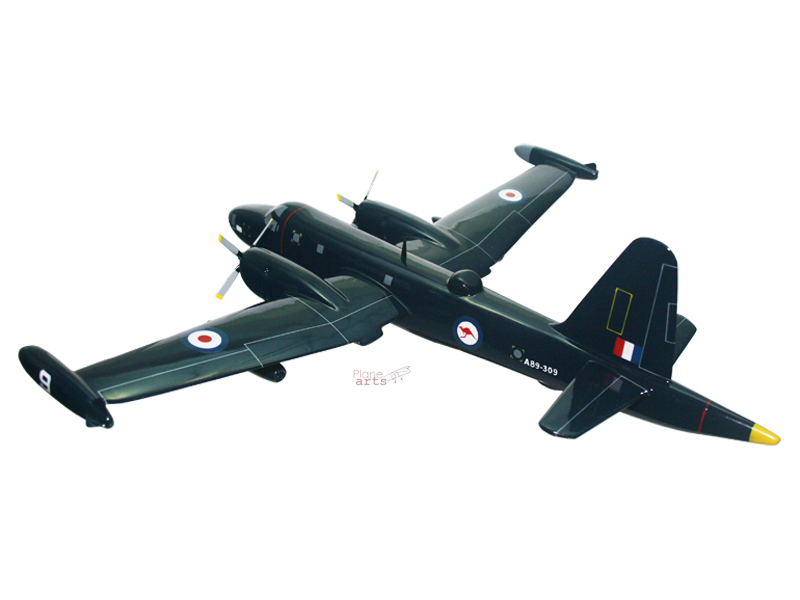
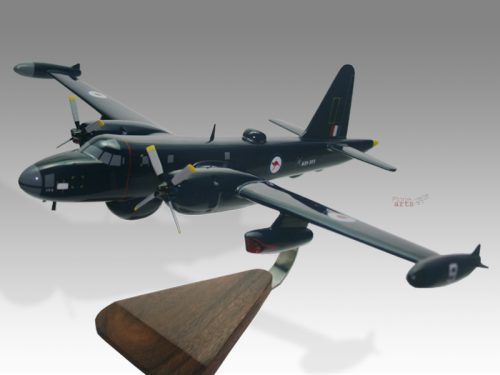
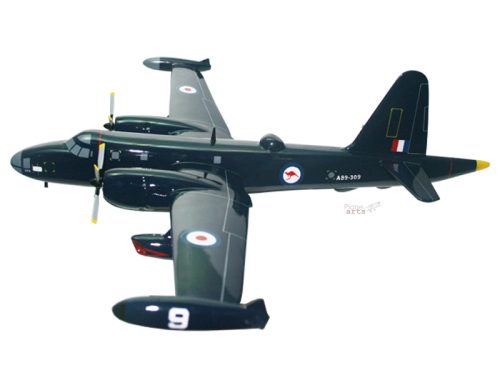
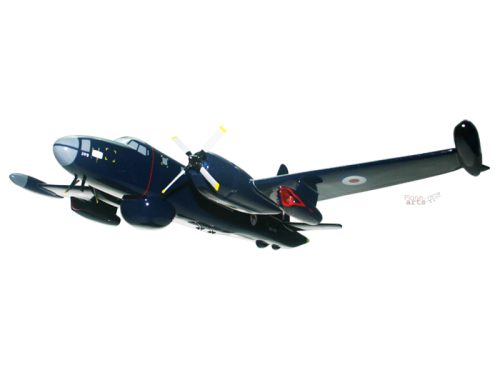
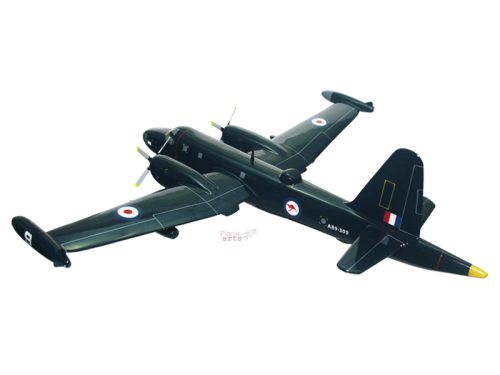
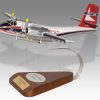
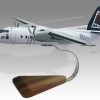
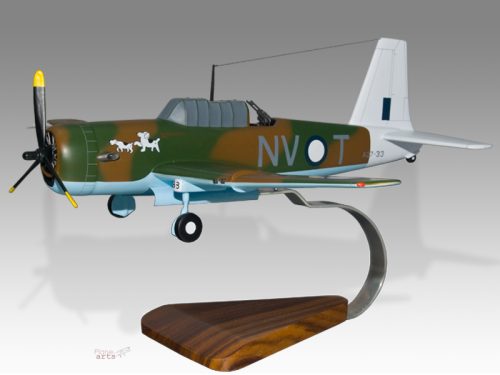


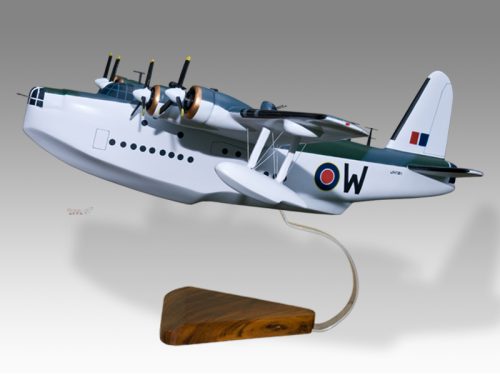
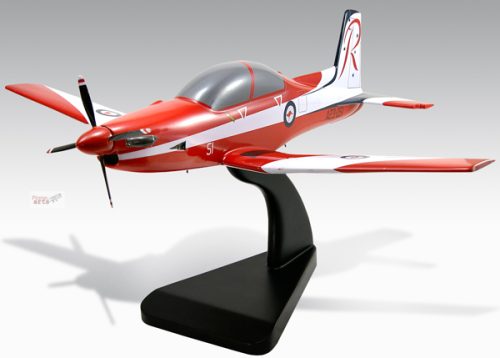
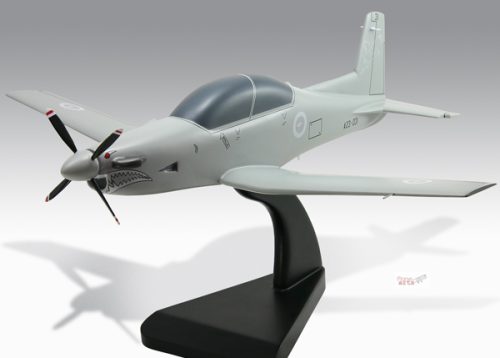
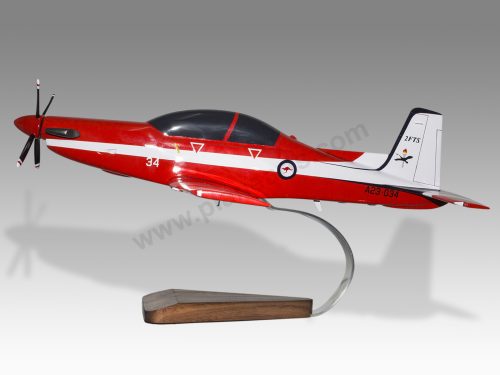
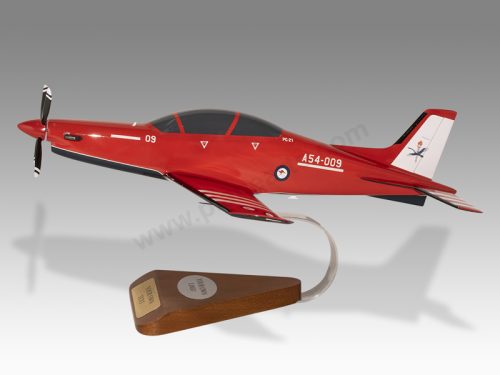
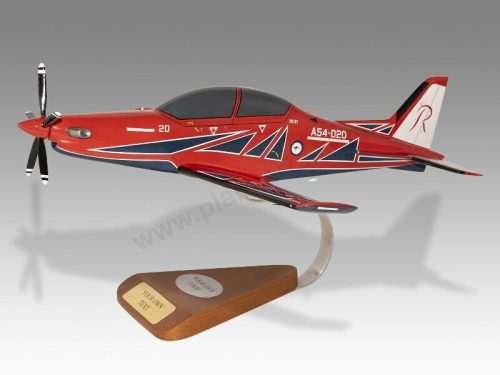


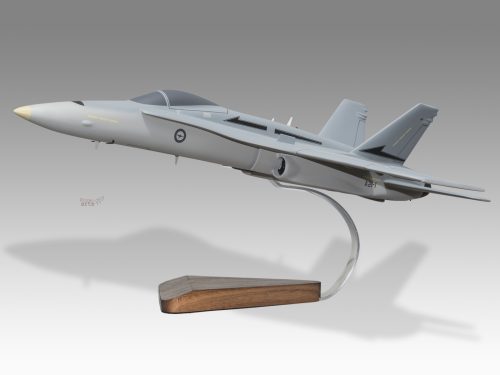
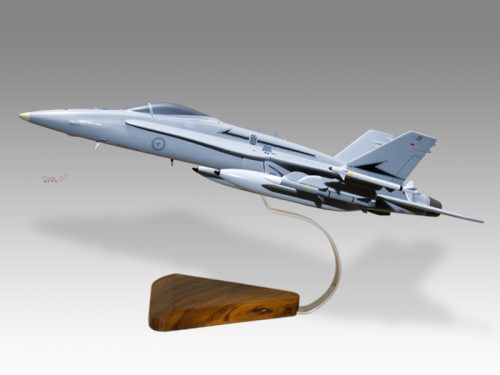

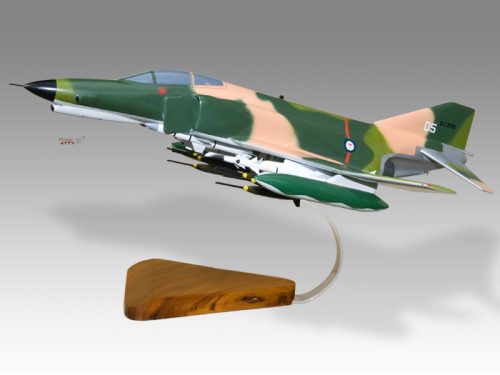
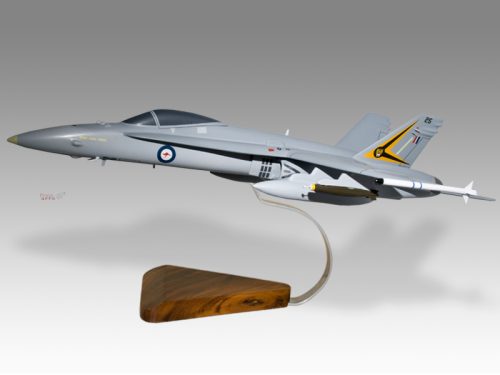

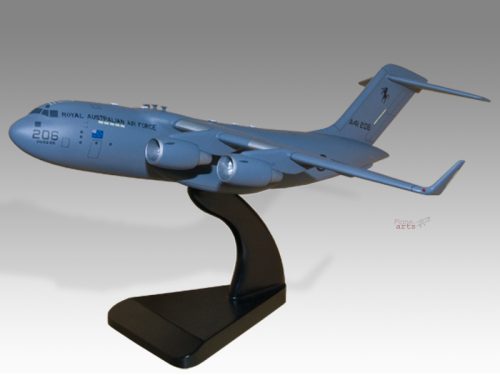
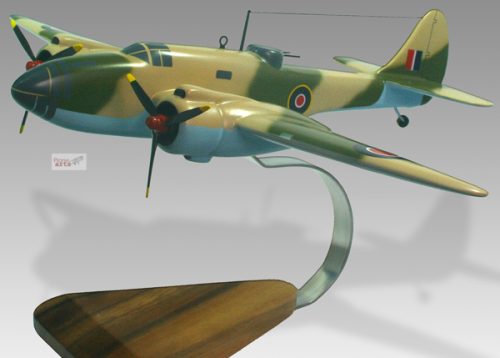

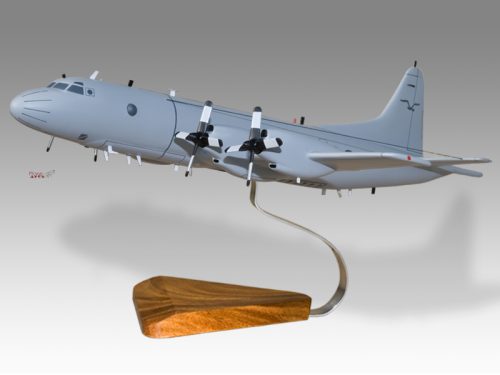
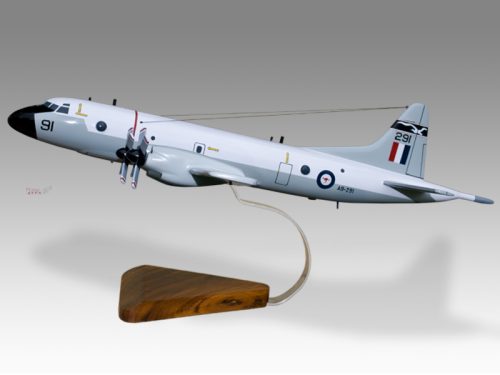
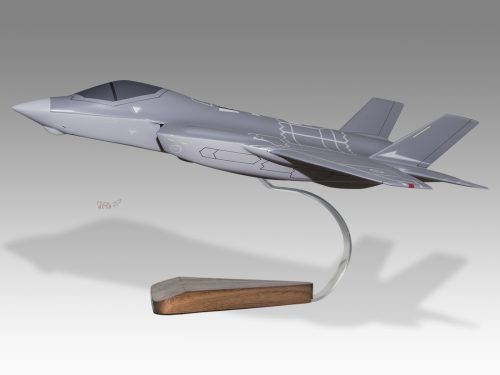
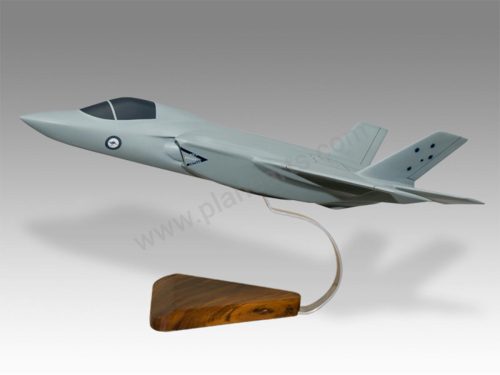
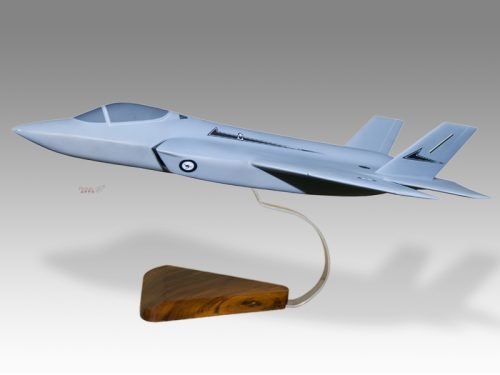
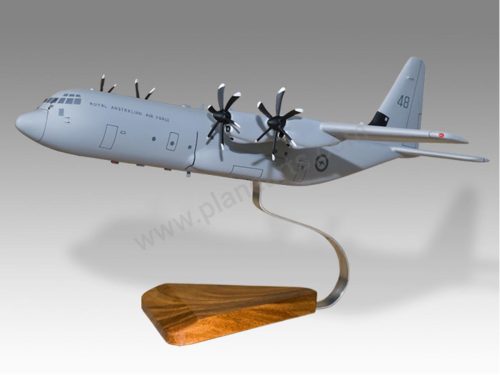


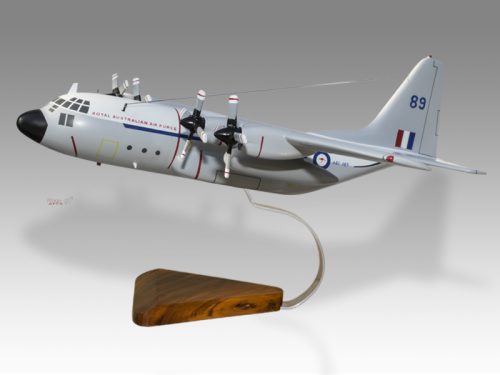
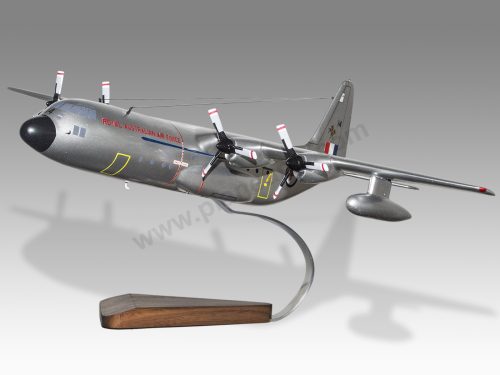
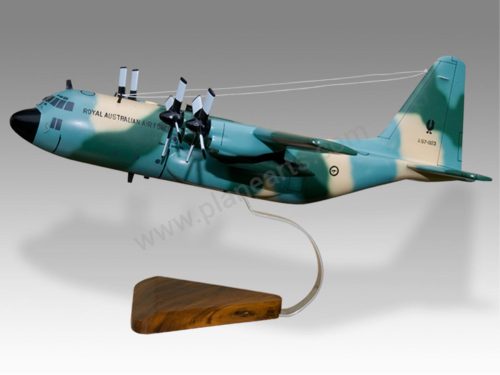
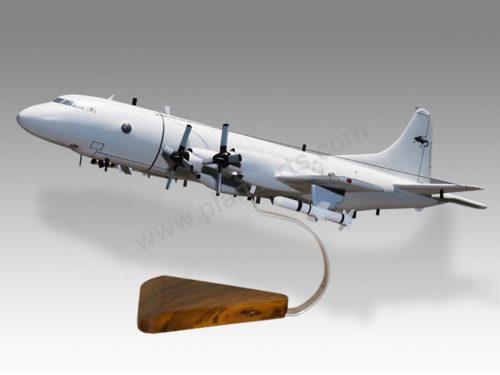
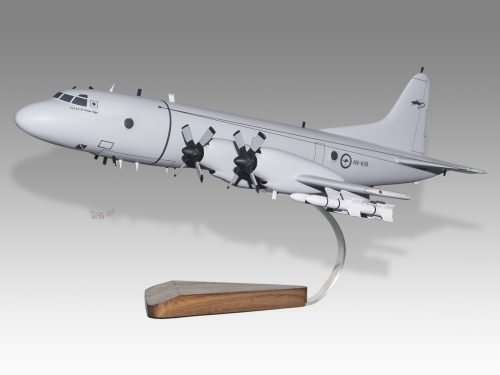
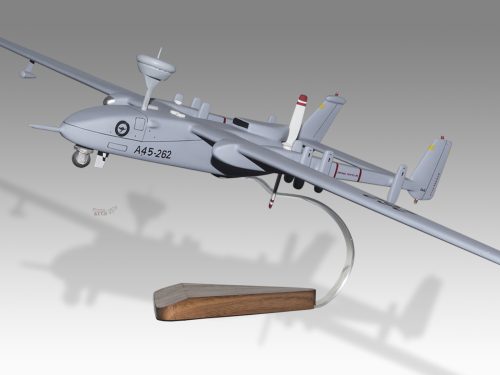

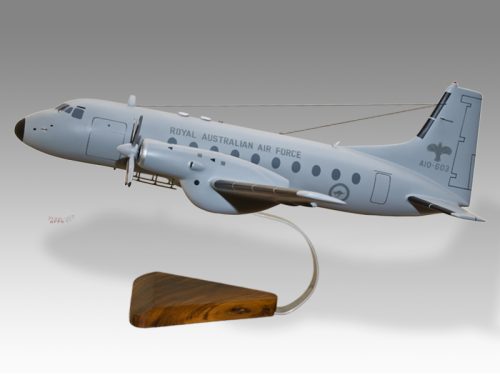
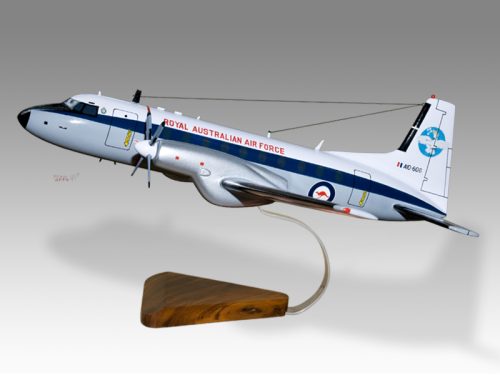

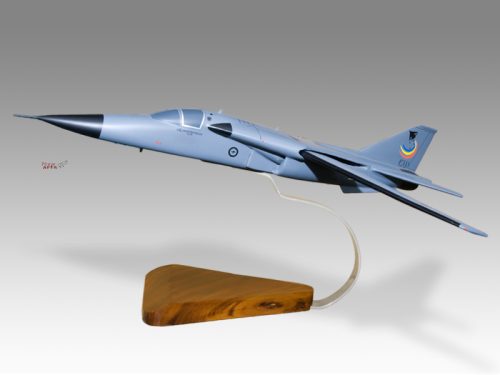
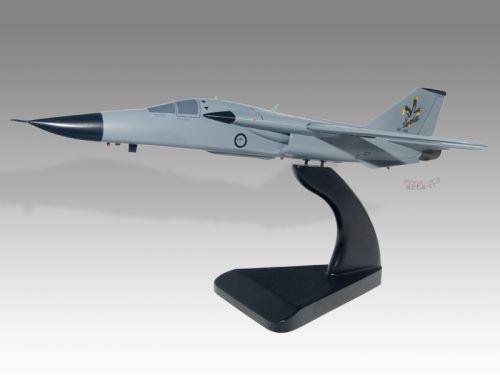
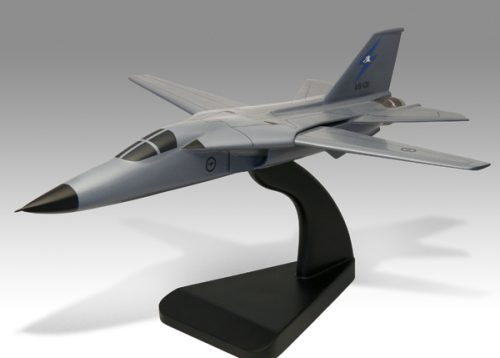
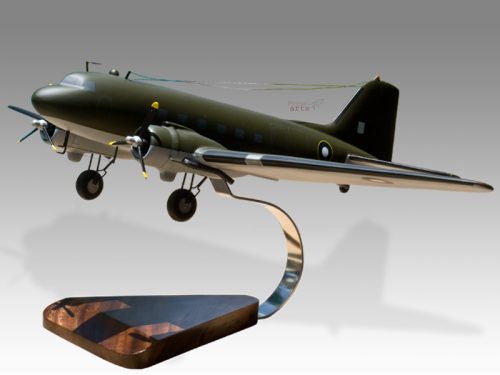




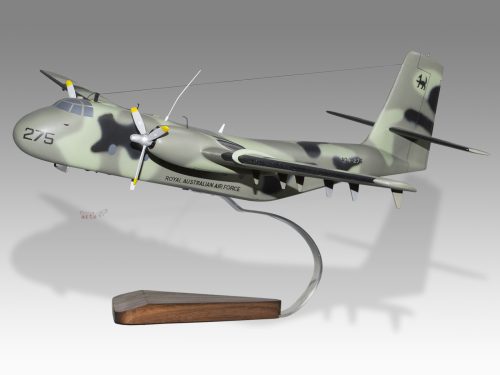
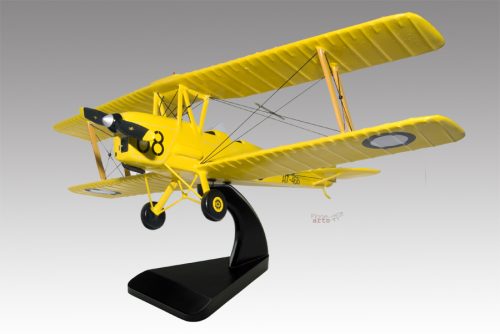
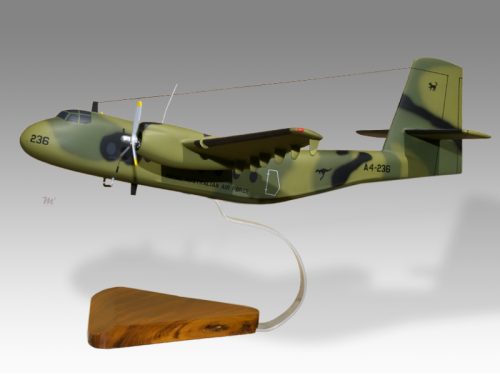
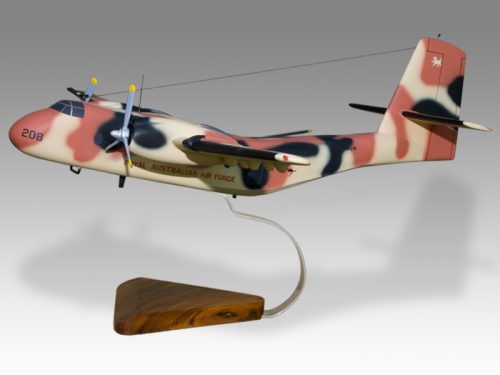
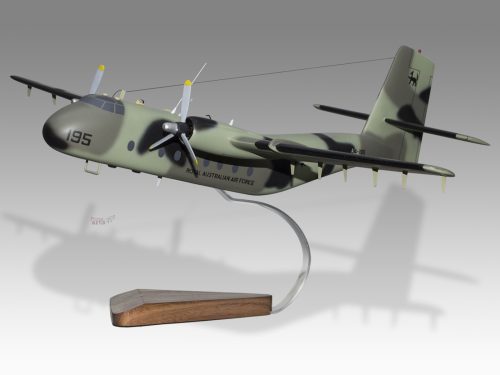
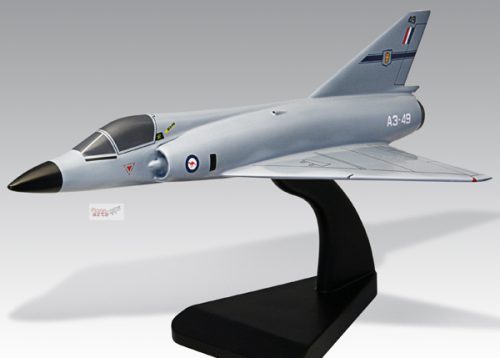

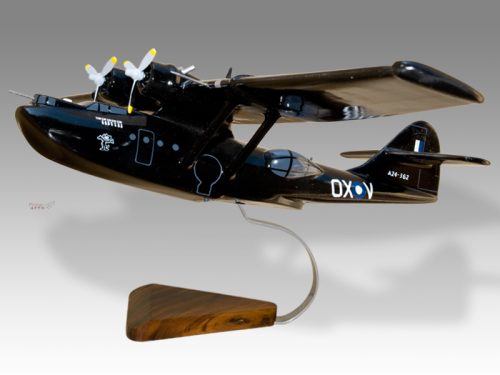
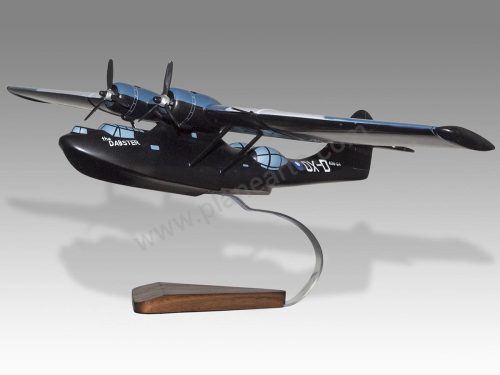
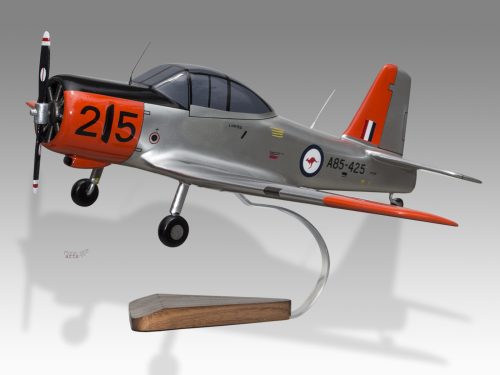

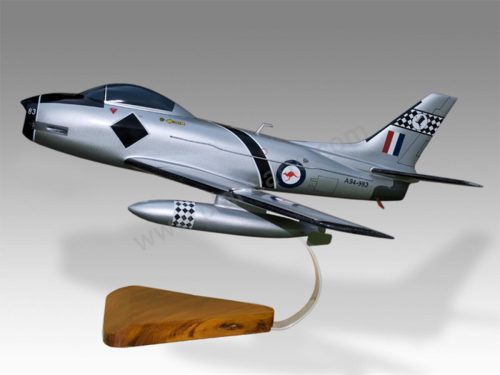
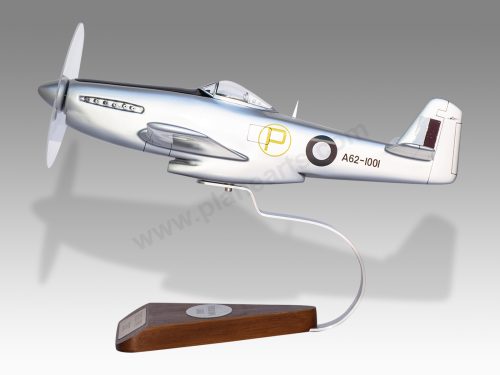

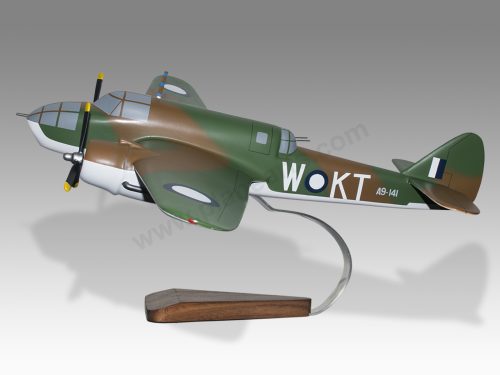

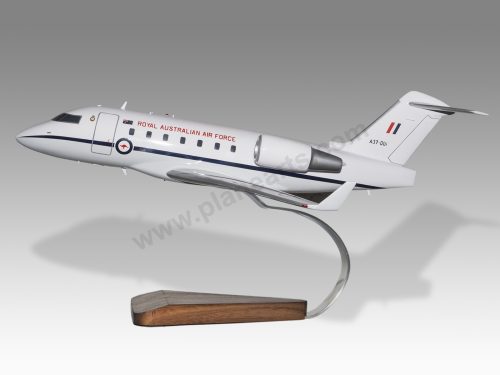



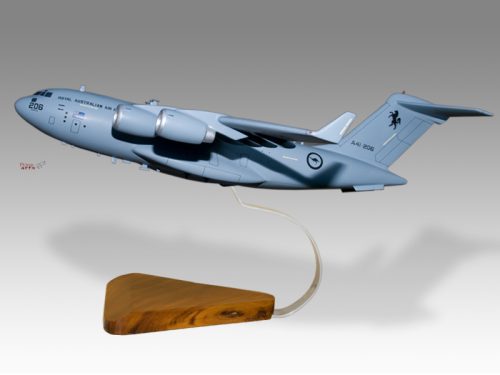
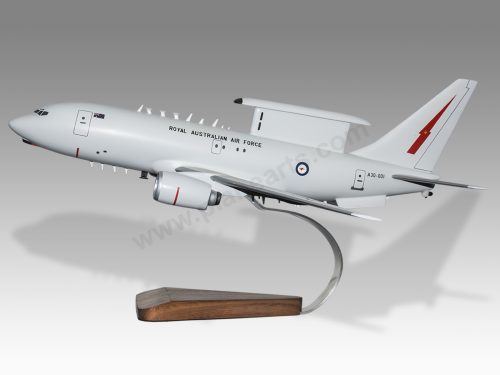
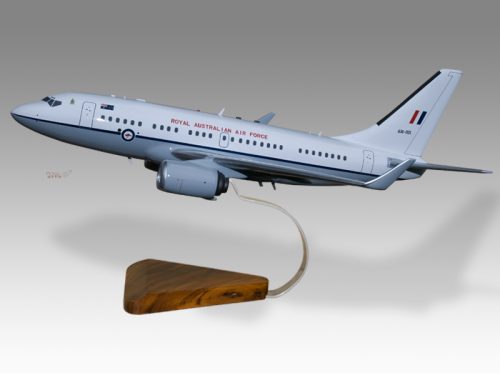

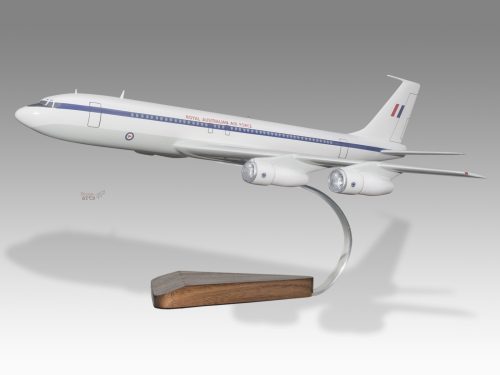
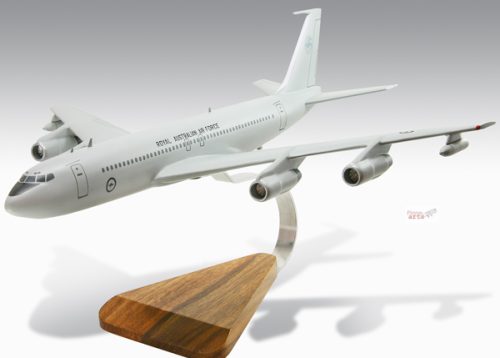

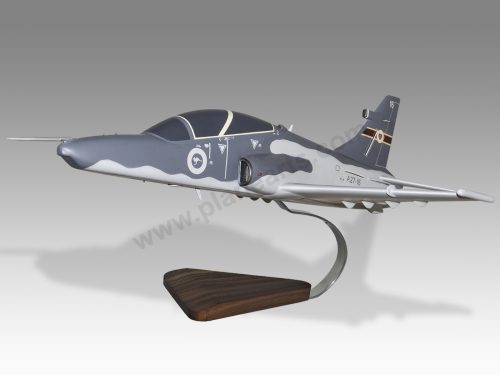
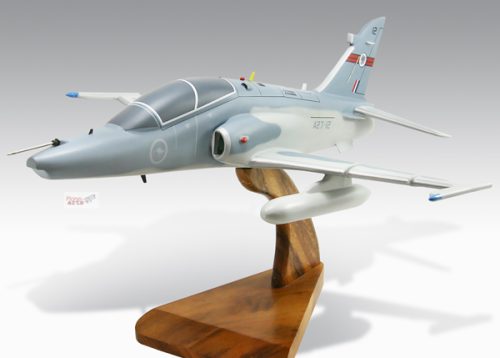
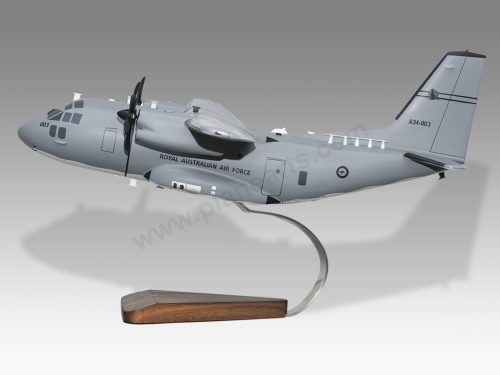

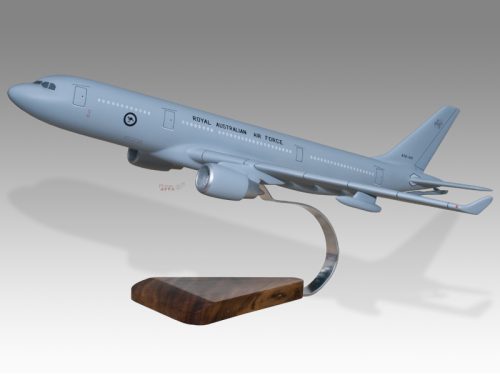
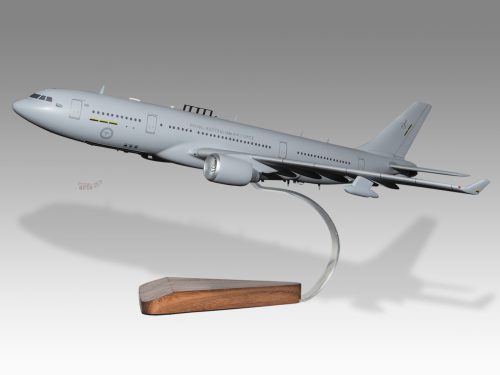
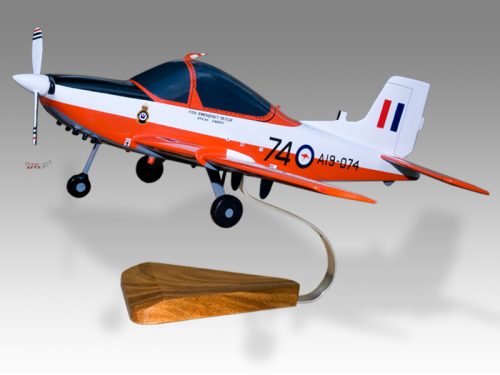

Reviews
There are no reviews yet.